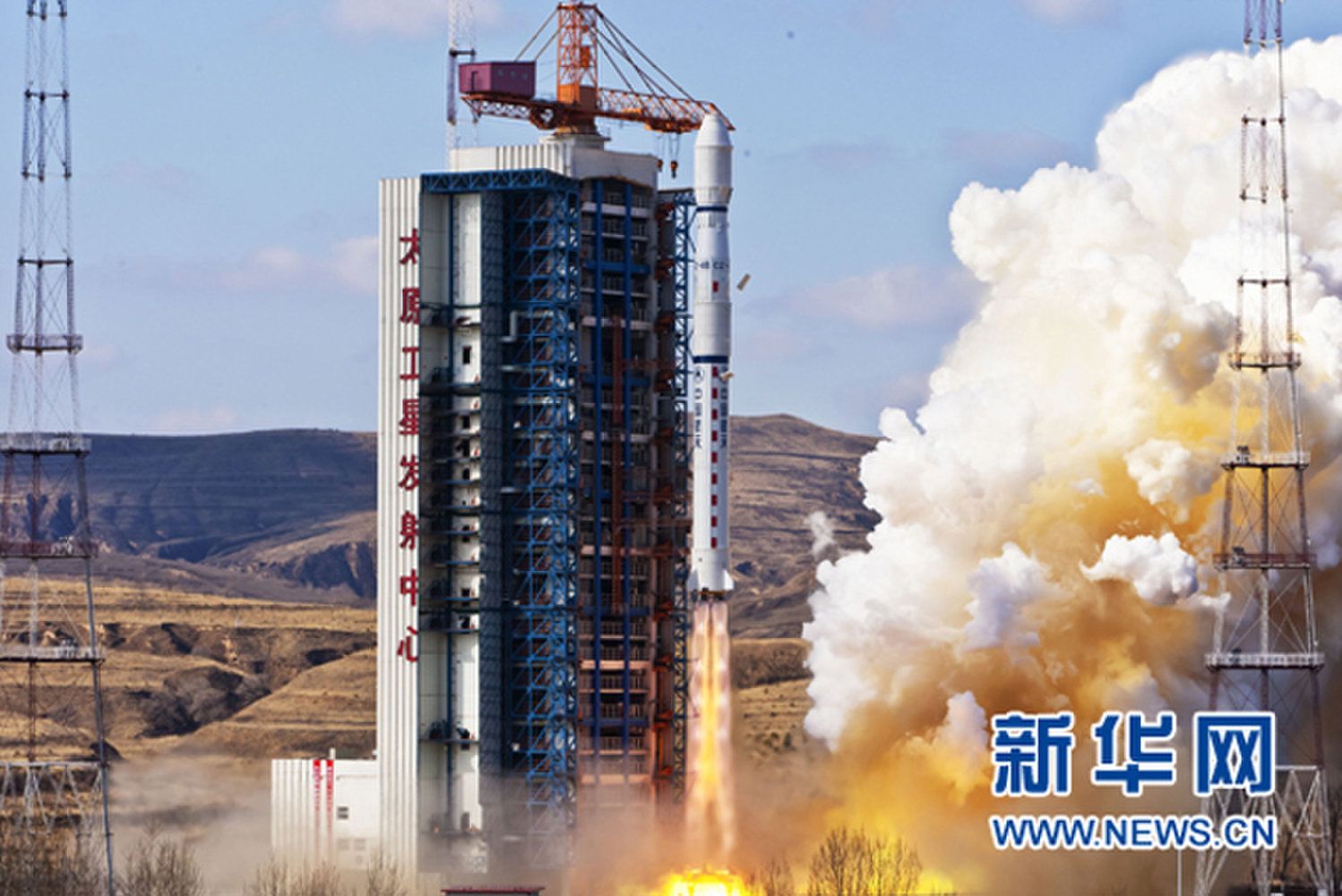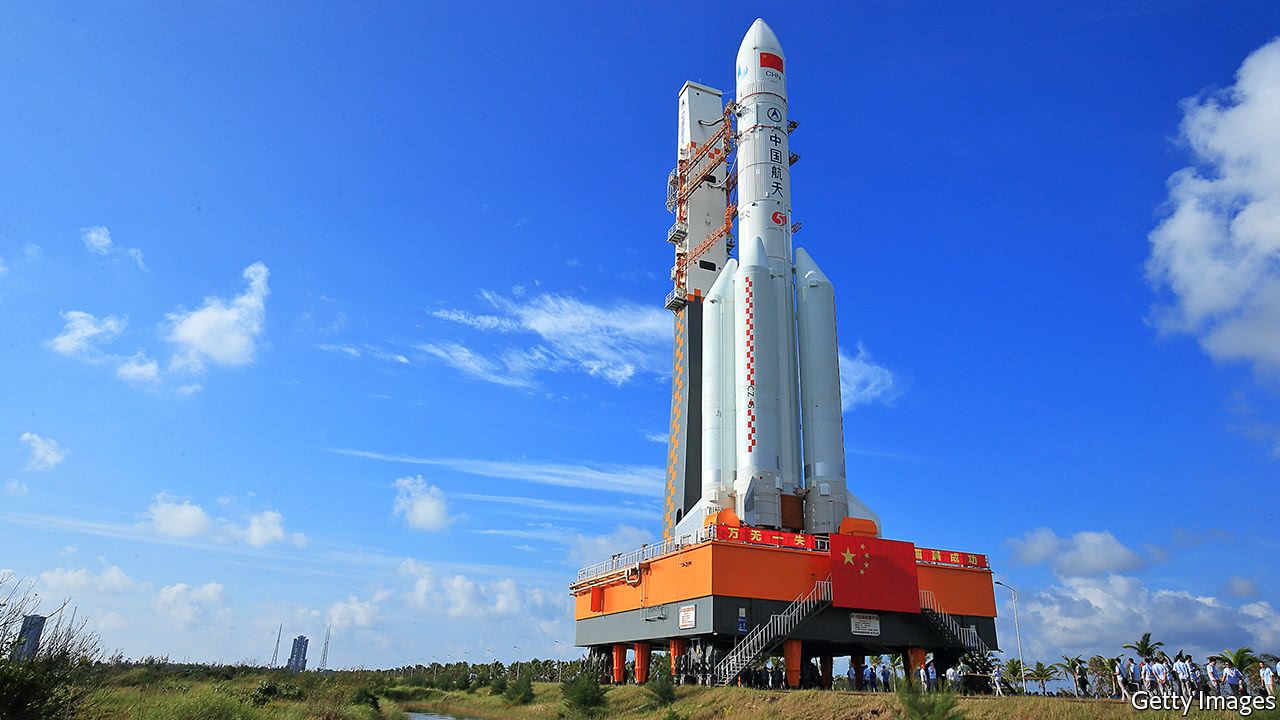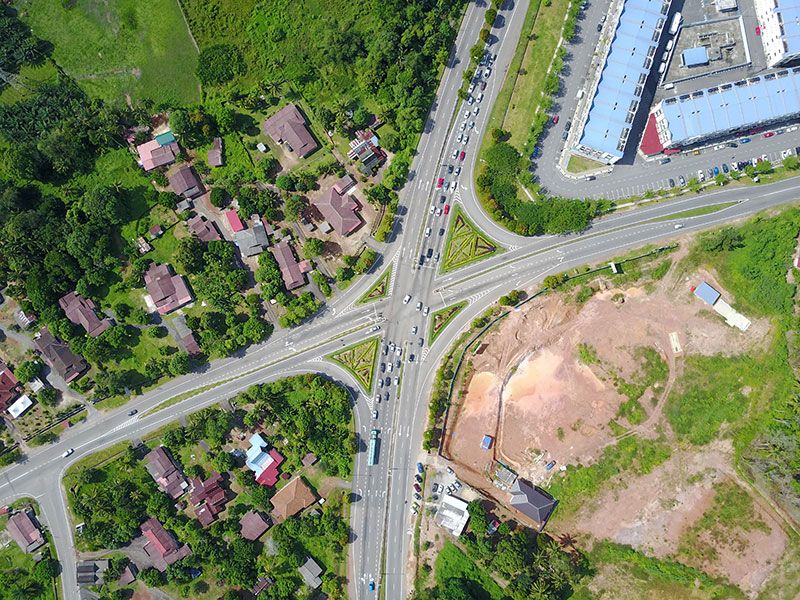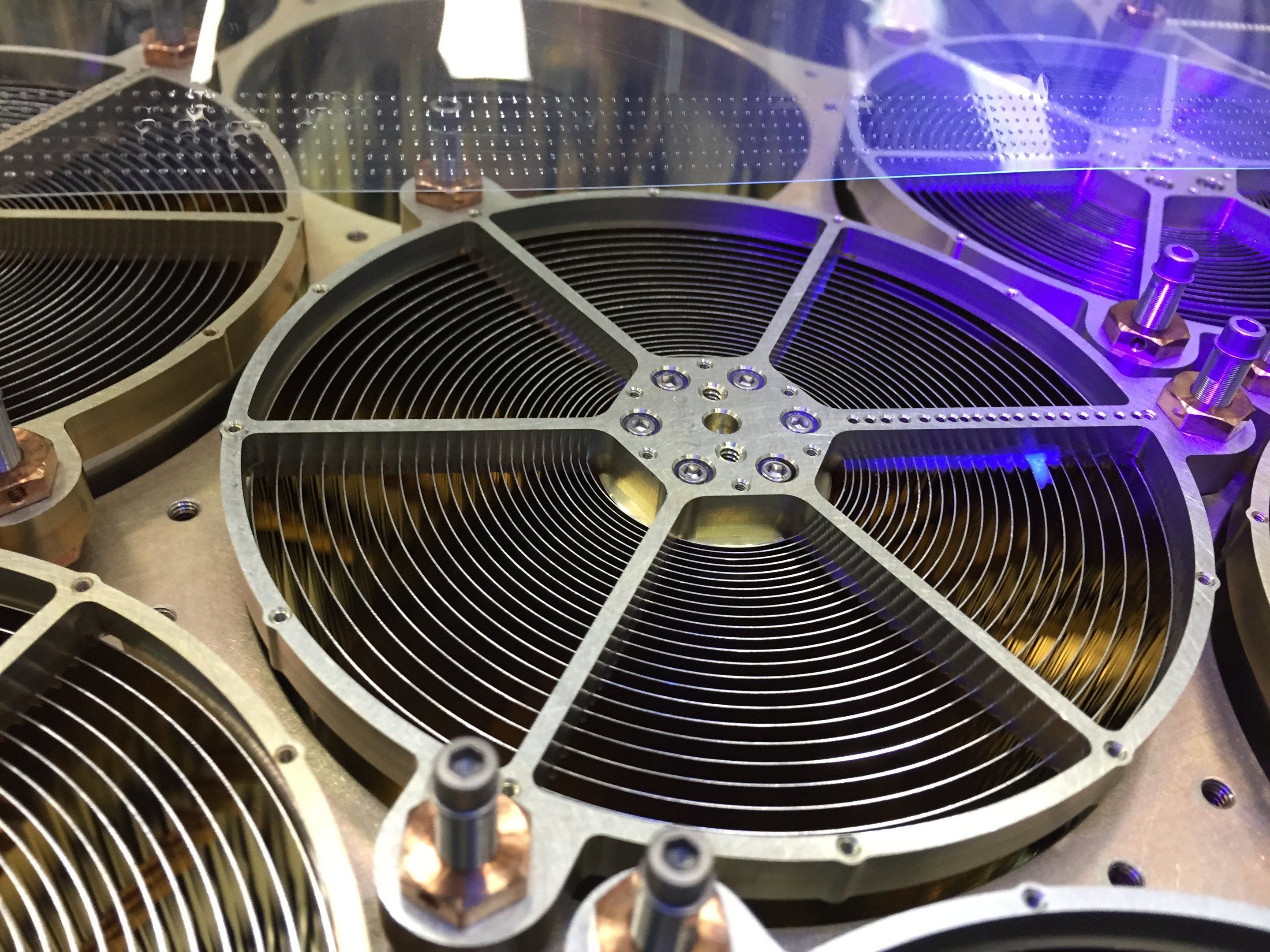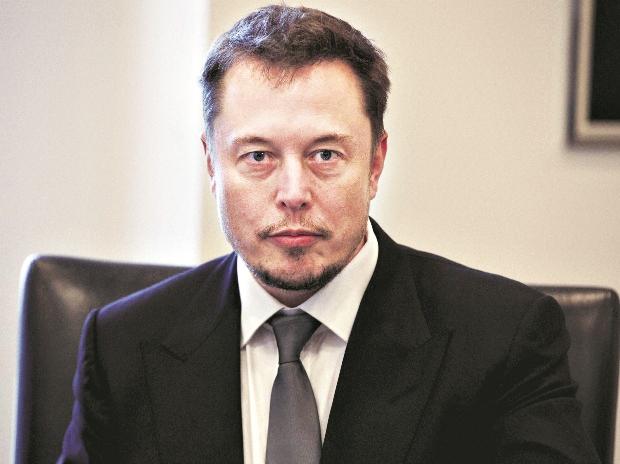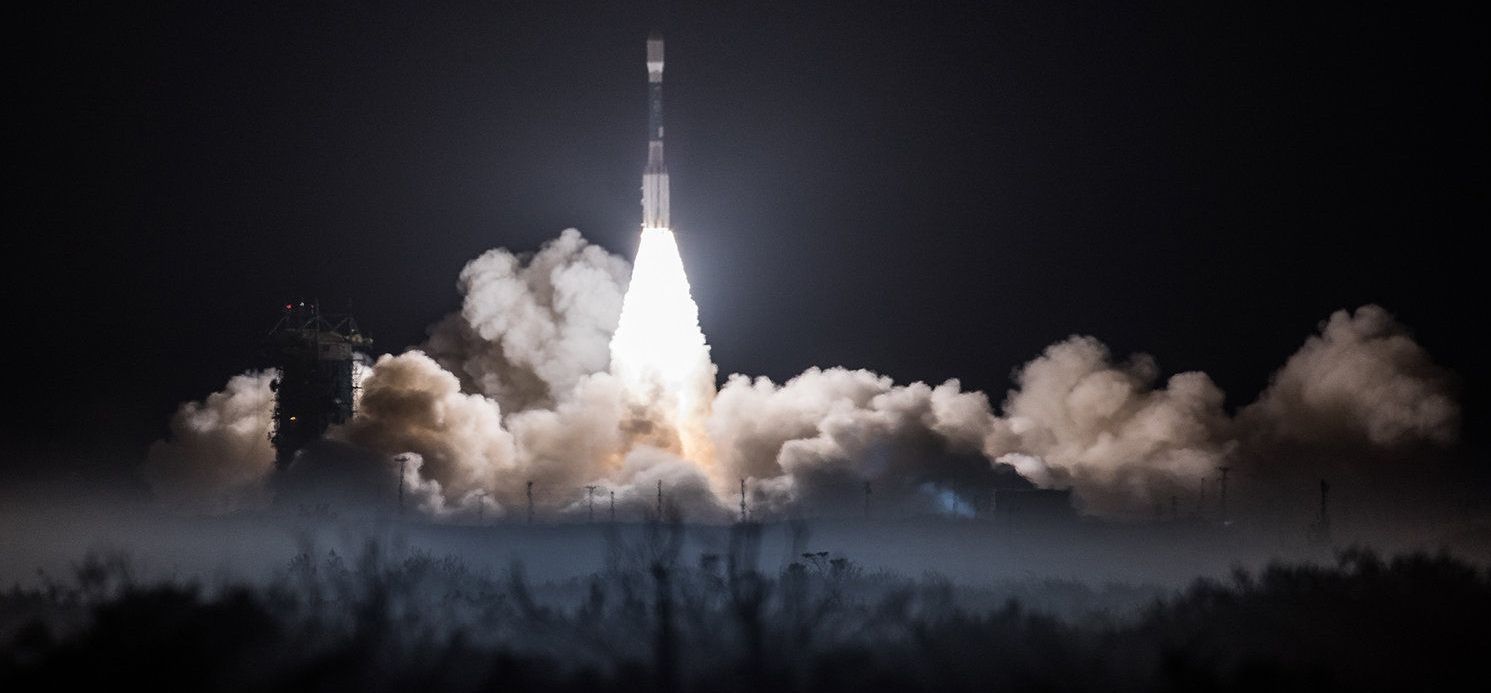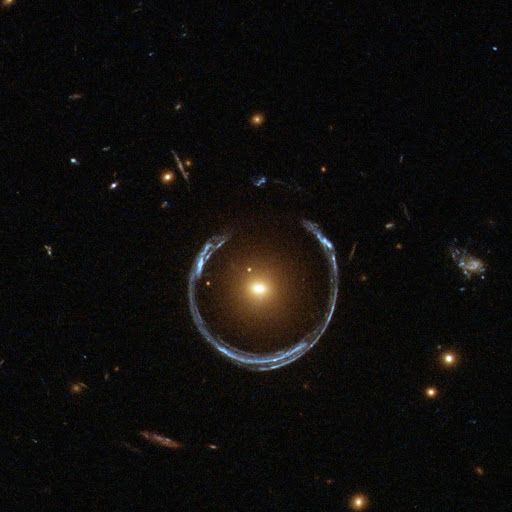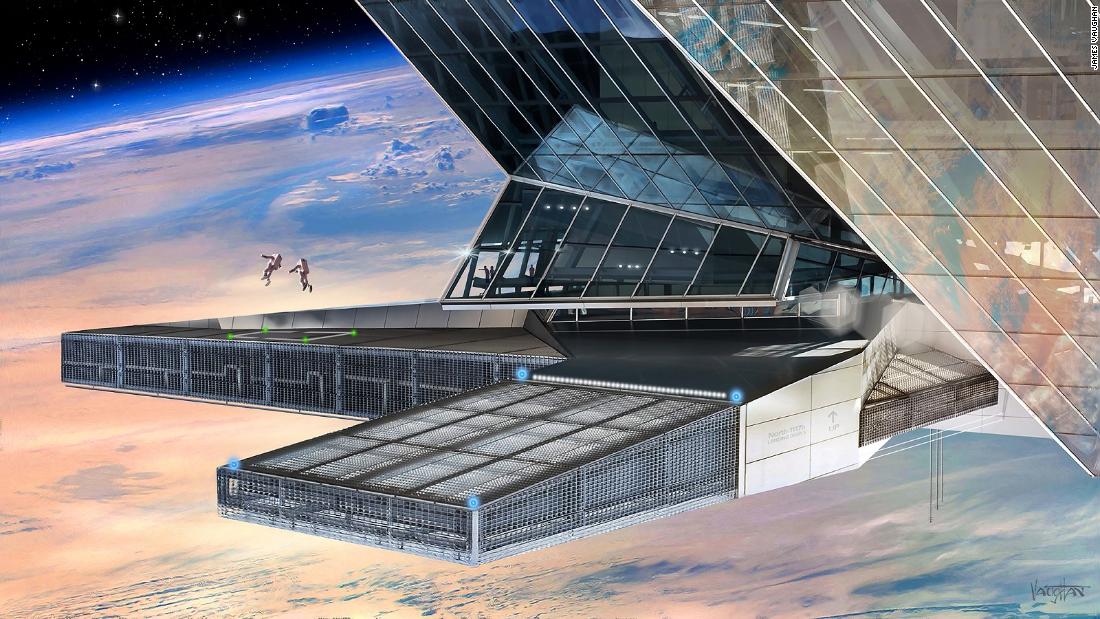WASHINGTON — It should be no surprise that China is moving to challenge the United States for dominance in space, cyber, artificial intelligence and other key technologies that have wide national security applications. But the question that is still being debated is whether the United States is taking this threat seriously.
This may not be a Sputnik moment, but the United States could soon be unpleasantly surprised as China continues to shore up its domestic capacity to produce high-end weapons, satellites and encryption technologies, a panel of analysts told the House Armed Services emerging threats and capabilities subcommittee.
At the Tuesday hearing, Subcommittee Chairman Rep. Elise Stefanik, R-N.Y., said lawmakers are not entirely convinced that China’s dominance in many technology sectors is a “foregone conclusion.” But the committee does believe that China’s technological accomplishments should inform U.S. policies and defense investments. [The Most Dangerous Space Weapons Concepts Ever].
